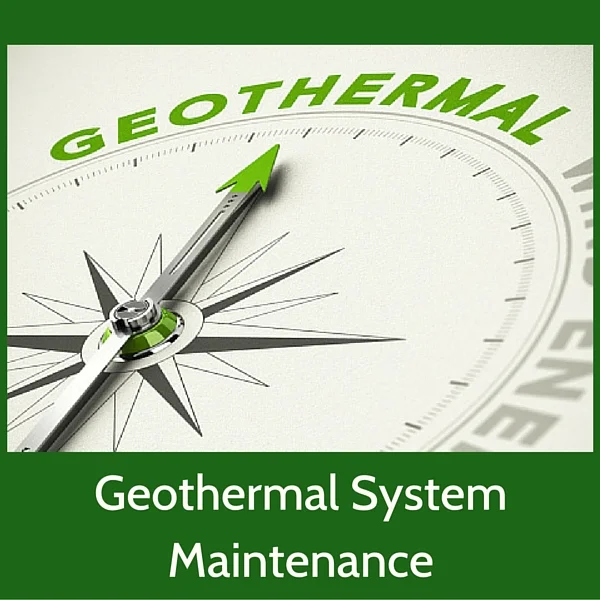Geothermal Maintenance
Geothermal heating systems are an increasingly popular option for homeowners, schools and businesses looking to cut down on their annual heating bills. These systems are energy efficient and do not require the direct consumption of fossil fuels. Besides the small amount of electricity used to run the heat pump, the only energy the system needs is sourced from the constant temperature deep within the earth, saving the consumer hundreds, if not thousands, of dollars each year.
Despite the cost-effective and low-impact aspects of this heat source, some people are wary of installing a system they know so little about. One million homeowners already know that geothermal heating systems are a low-maintenance option, however, there are a few things property owners should know about properly maintaining these systems before installing one.
Seek Experts for Geothermal Well Installation
Geothermal systems have two main components, the indoor ductwork and heat pump that deliver heat to the home, and the outdoor looped piping, which circulates water or a specialized fluid underground and back into the home as a way of transferring heat. This piping must be installed within a special well, which depending on the type of system you choose, must be installed by a certified driller. Skillings & Sons has been installing outdoor geothermal systems since the 1980s. We’ve done a variety of homes and buildings throughout New Hampshire and Massachusetts. Our geothermal technicians are certified by the International Ground Source Heat Pump Association or IGSHPA.
Get the right sized geothermal heat exchange system
The size of the home or building you are trying to heat will dictate how large the internal heating system must be. Finding a qualified HVAC technician with experience in geothermal heat exchange systems is important to ensuring you get the right sized system.
Consider a maintenance schedule
Oil and natural gas furnaces require regular maintenance, often annually, to ensure they are functioning properly. If this maintenance is neglected, it could lead to additional wear on the system and even a dangerous carbon monoxide leak. There is no danger of this with a geothermal system, however, cleaning the indoor components periodically can increase efficiency and reduce wear and tear. Dirt and debris can damage internal parts, so consider calling in a geothermal technician to set up a recommended maintenance schedule within the first year of installation.
Air duct maintenance
Keeping air ducts clean and free from damage and leaks can also improve the efficiency of your system and prevent long-term damage. If the air ducts that distribute the heated or cooled air throughout your home are leaking or damaged, your geothermal system will not be able to keep your home comfortable, and will force the system to work harder than it should. Maintaining your air ducts is an important part of keeping your geothermal system functioning at maximum energy efficiency.
Remember the pipes
The external piping that circulates fluid for heating and cooling should not require any maintenance over the life of the system. However, you should ask your geothermal technician the next time he visits if a test of the piping system is warranted. In rare cases, pipes may leak and require repair. Since these underground pipes are one of the most important components of your geothermal system, it’s essential to make sure they remain in good condition. While proper installation is the first step, a check of the piping every few years will ensure your system is in top working condition.

